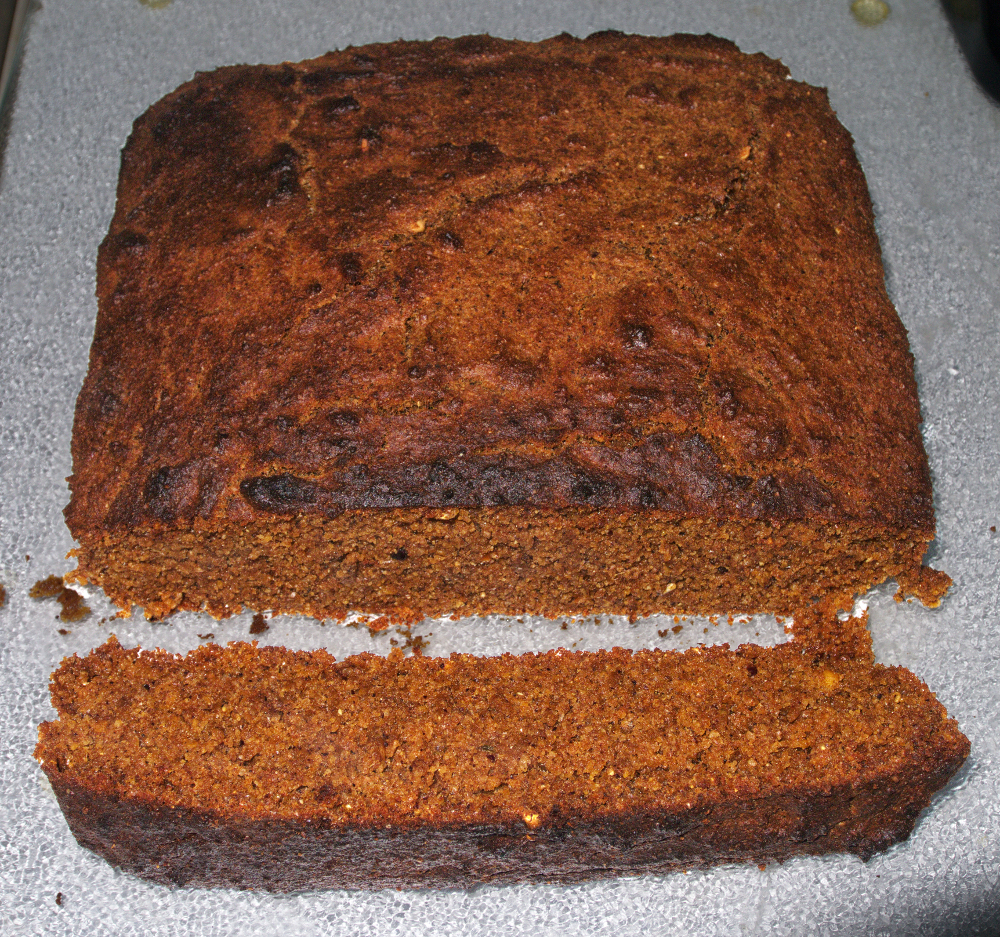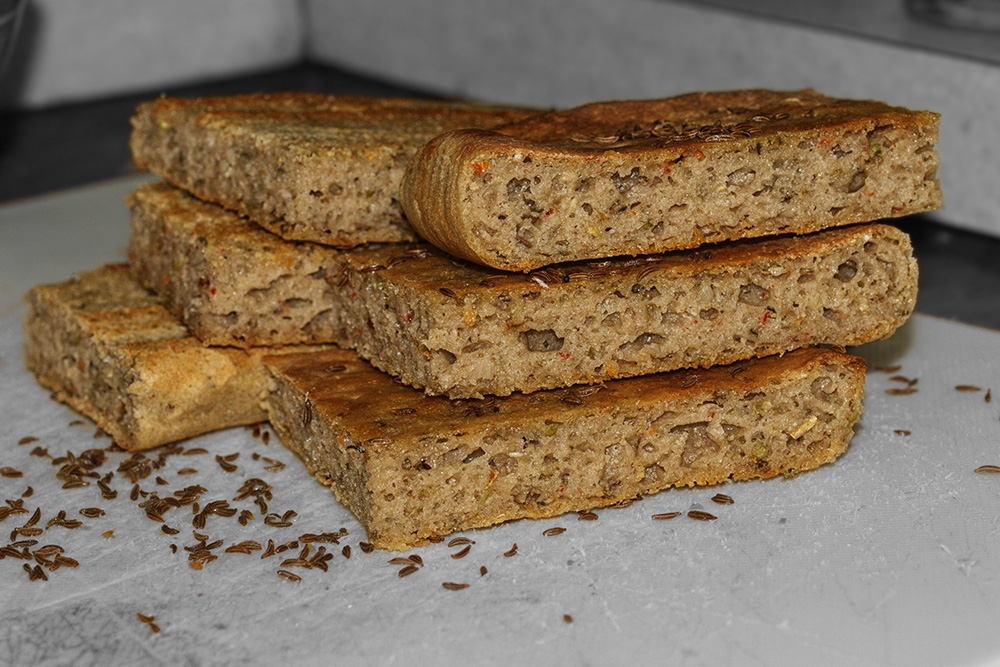last night supper 
Ground up popcorn, didnt have any regular corn.
Added two cups boiling water to reconstitute corn.
Once cooled added flour and rest except baking powder, let sit a couple hours to hydrate.
Added baking powder, let sit for 15min, bake 400f 25min.
Nice and fluffy and light.
1.5 cups corn flour
1.5 cups Fife flour
1/2 cup fancy molasses
1/4 cup butter
2 cups boiled water
1/2tbsp cinnamon
salt
baking powder
400f 25 min

Ground up popcorn, didnt have any regular corn.
Added two cups boiling water to reconstitute corn.
Once cooled added flour and rest except baking powder, let sit a couple hours to hydrate.
Added baking powder, let sit for 15min, bake 400f 25min.
Nice and fluffy and light.
1.5 cups corn flour
1.5 cups Fife flour
1/2 cup fancy molasses
1/4 cup butter
2 cups boiled water
1/2tbsp cinnamon
salt
baking powder
400f 25 min







